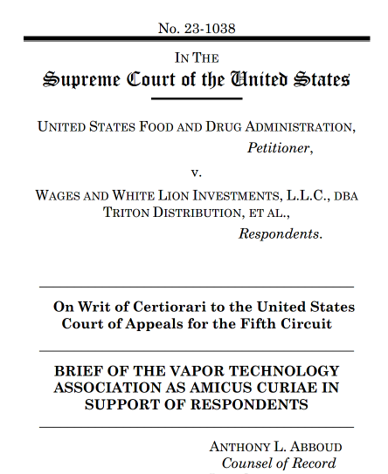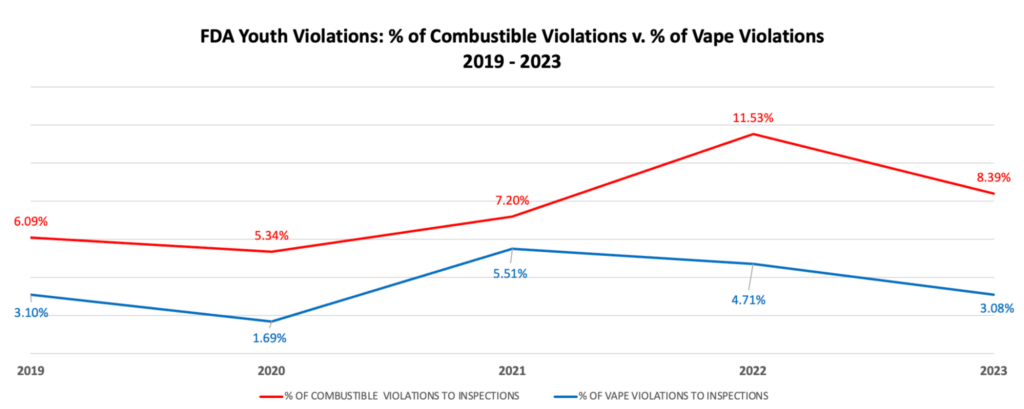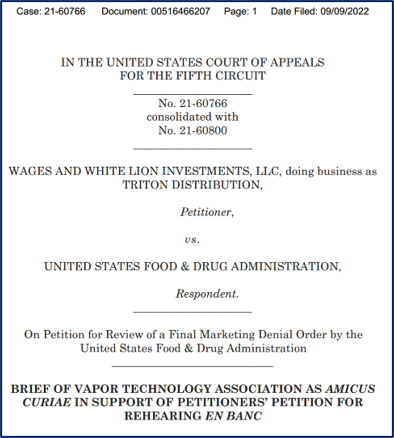The Vapor Technology Association recognizes that while the FDA’s decision to authorize JUUL Labs’ e-cigarette products for sale in the U.S. is a long-overdue step that reaffirms the role of vaping in helping adults quit smoking, one authorization is simply not enough to put a dent in the number of American lives lost to cigarettes.
The American independent vaping industry is at risk of being shut down. The FDA has deputized Customs and Border Protection (CBP) to seize products at the border based on an unlawful regulation. These interdictions are threatening tens of thousands of American small businesses and have limited adult Americans’ access to their most favored products, which make up over 70% of the market.
Given that JUUL’s application took FDA more than four years to review, VTA hopes that the authorization of the JUUL device is the catalyst for desperately needed streamlined FDA regulatory guidance that can create a marketplace filled with less harmful products that are essential to adult consumers and that are made in America.
We urge the FDA to streamline the regulation by bringing transparency, predictability, and consistency to a new guidance, end unlawful border seizures to save American small businesses, and recognize what’s at stake: the lives of 500,000 Americans who die each year from smoking.
Statement attributable to Tony Abboud, Executive Director of the Vapor Technology Association.
###


